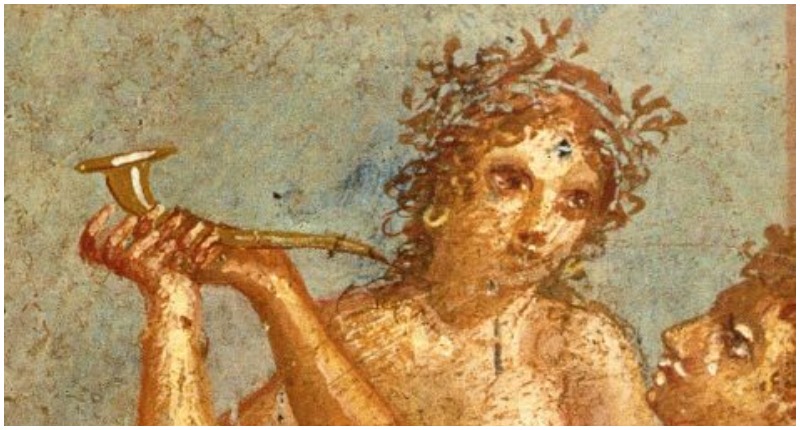Pompeii is one of the most important sites for archaeologists and historians to research the Roman empire and its culture.
Pompeii was a medium-sized town, with around 11,000 inhabitants. However, it is characterized by its multicultural demographics, thriving community and sophisticated infrastructure. The nearby port of Pozzuoli enabled the development of a strong economy, particularly centered around trade.
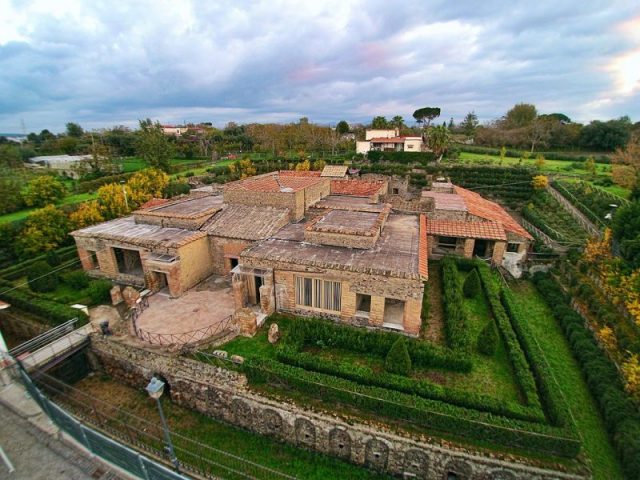
The economic stability and the presence of merchants from all parts of the empire ensured for a strong presence of sex trade. Sex historians have thoroughly researched the walls of estates that served as brothels such as inns, taverns and lunch counters.
What also plays a major role in their research is the graffiti that sometimes graphically listed details connected to sex-work, therefore serving as one of the most important historical sources.
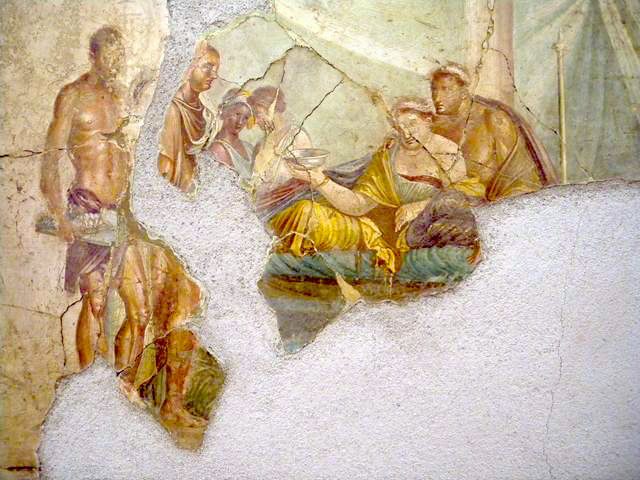
The pictures on the walls usually present fair skinned women with intricate hairstyles, accompanied by tanned and athletic men. There are three potential reasons for these images.
They could have served as a visual cue for stronger arousal. It could also be that the scenes were a pictorial menu of different services one could get in a brothel. Lastly, they might have been guides for inexperienced customers who would frequent the premises.
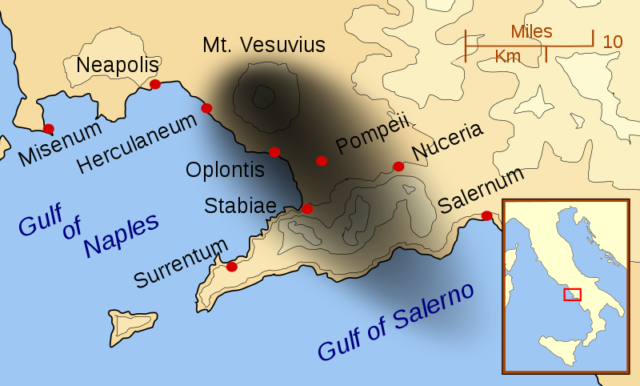
Much of the graffiti found on the walls is very graphic. It details specific employees and their skills, sexual advice, and prices for specific acts one could seek out.
Studies of this graffiti have revealed that the sex workers had names of exclusively Greek origin. Their names were sometimes descriptive and told the story about either physical characteristics or the function of a sex-worker. The names of male sex workers are also featured.
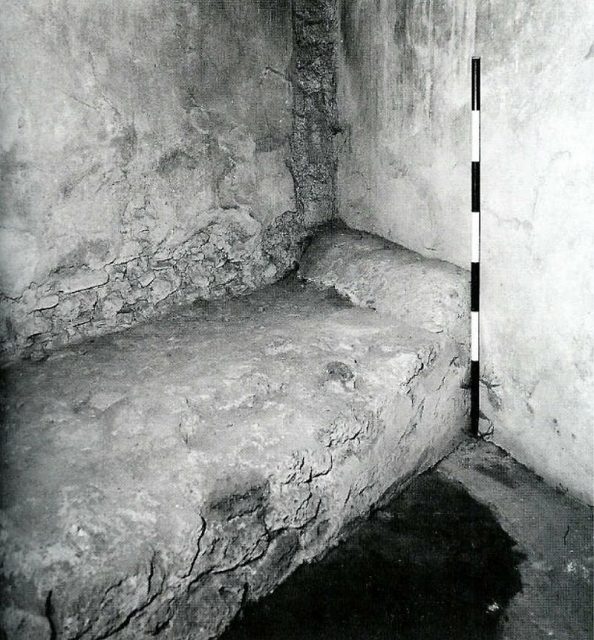
As freeborn women were not allowed to have sex outside of marriage, it is almost certain that their only customers were men. The practice of homosexual intercourse was indeed nothing strange for the ancient Rome.
The only rule was that the citizens who were higher up in rank could not take on a submissive role during intercourse. In general, the sex trade was not frowned upon and it was central in maintaining the institution of marriage. It was believed that the wife’s role was solely to provide a male heir.
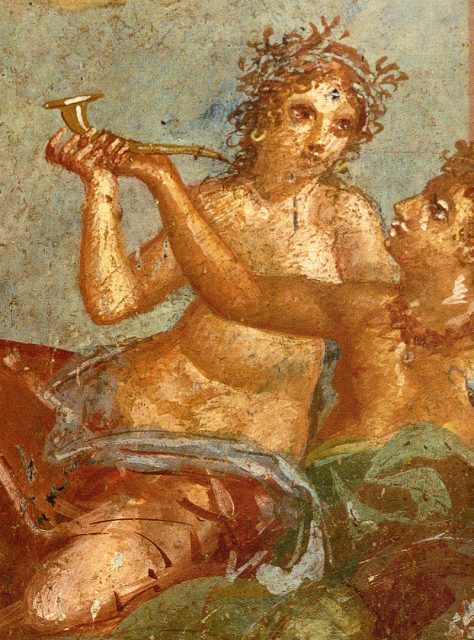
Seeking pleasures from a wife was thought to be immodest and not respectful to the woman. Therefore, the husbands would fulfill their fantasies in one of the many brothels around. Sex work was not illegal, but adultery was, so it was a normal practice to pay in exchange for physical love.
However, sex-workers had it far from easy. They worked in stone cells, usually without any windows and with a curtain instead of a door.
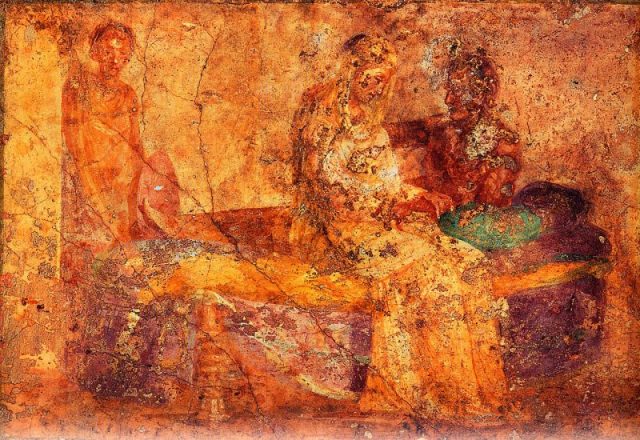
Most sex workers were slaves, so they did not have any choice but to obey their masters. The attitude towards slaves in ancient Italy was not favorable — it ranged between indifference at best to open violence.
They were cut off from the rest of the world and usually moved only around the estate they worked in. They were usually under the control of procurers who owned the rights to them and their bodies, and who may have provided only the most basic necessities for their slaves.
At bigger towns and cities there were some women that worked the streets on their own. The percentage of solo prostitutes is rather small, and it consisted either of freed slaves or very poor freeborn women.
